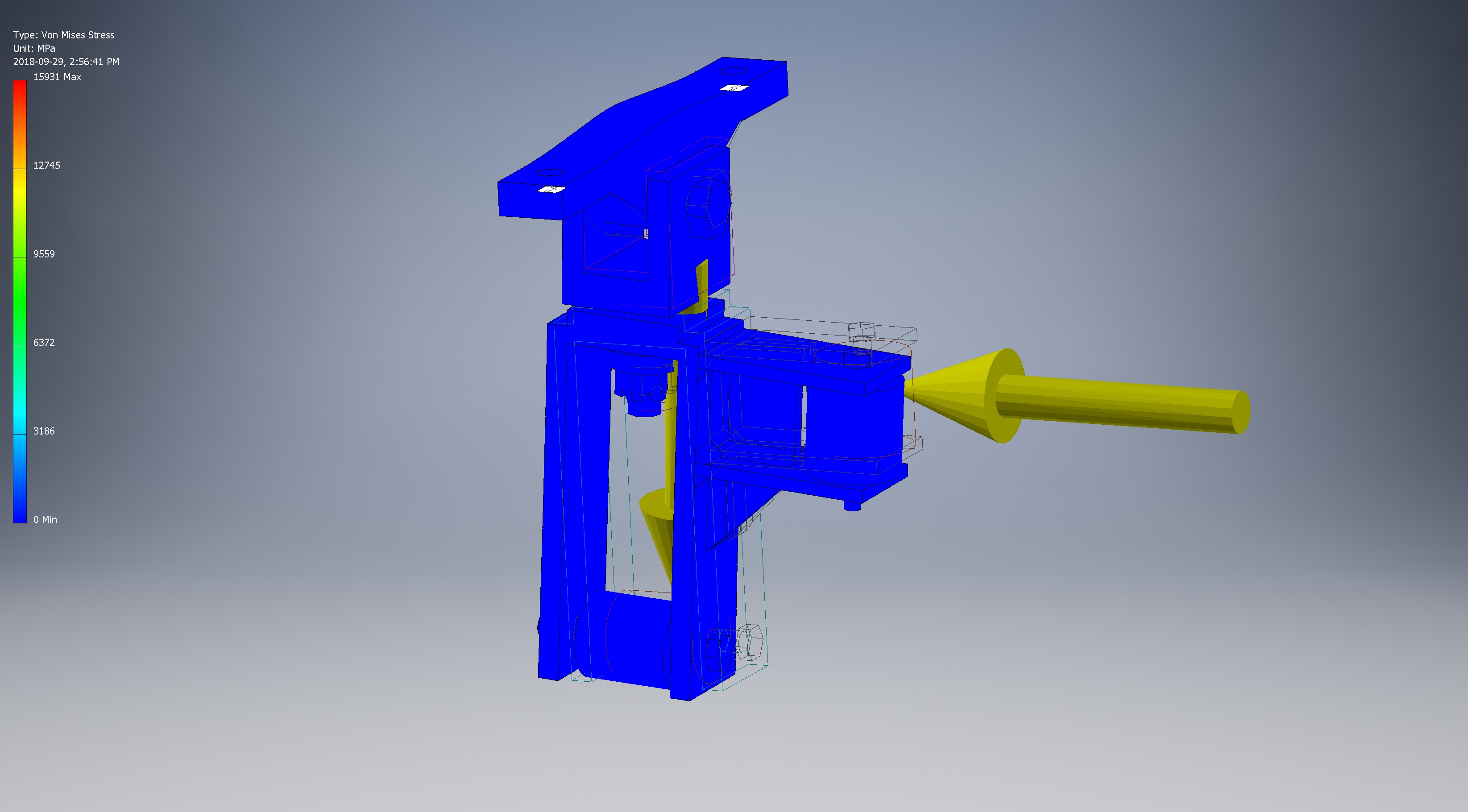
We provide Stress Analysis Services, using Inventor Nastran, like Linear and Nonlinear static analysis, Linear and Nonlinear buckling analysys, Multiaxial fatigue analysis, Modal frequency analysys, Thermal analysis, Impact analysis, etc. based on direct input setup, or based on the kinematic information, collected through the motion simulation module, inside Solidworks and/or Inventor. Your basic questions about your design, is it going to break, was it overdesigned, can we optimize the design and weight of some components, to save material and money, can be answered by SolidInvent3D.
We provide the following Finite stress analysis services in Toronto area: linear and nonlinear static, nonlinear buckling, fatigue, modal frequency, dynamic, impact, topology and thermal analysis.
This is an example of the Lower Suspension Arm linear static analysis. After the kinematic motion simulation of the suspension assembly was performed, all the real life loads and constraints were tranfered to the FEA module, for analysis of the worst case scenario, to determine if the part is going to sustain the loads and see if requires redesign/changes.

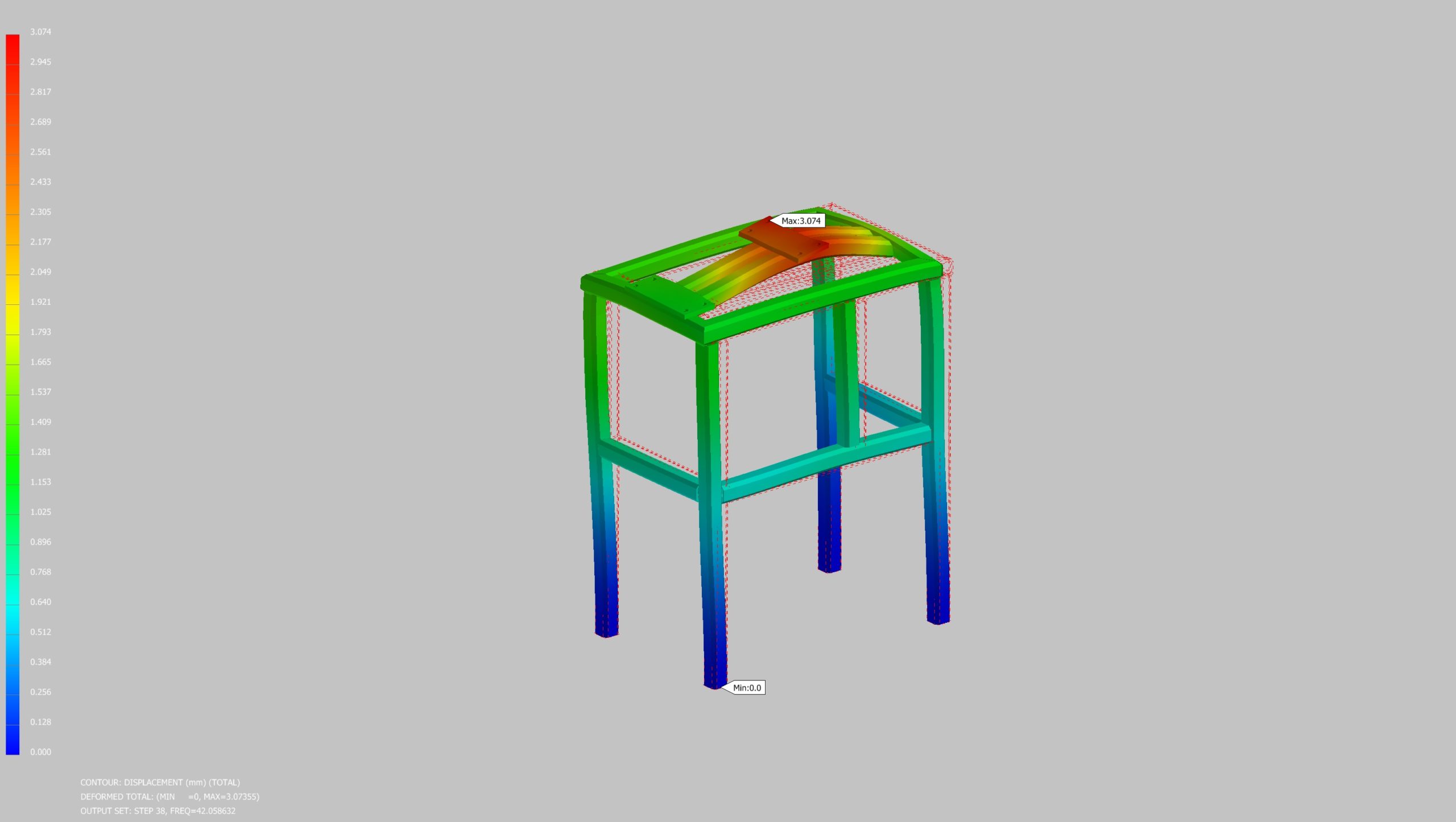
One of the most important things in Mechanical Design, is to identify the Modal Frequency analysis, at which a certain structure, mechanism, piece of equipment, etc., will enter in Resonance and consequently fail.
In order to prevent that, a Modal Frequency and Modal Frequency Responses analysis are necessary.
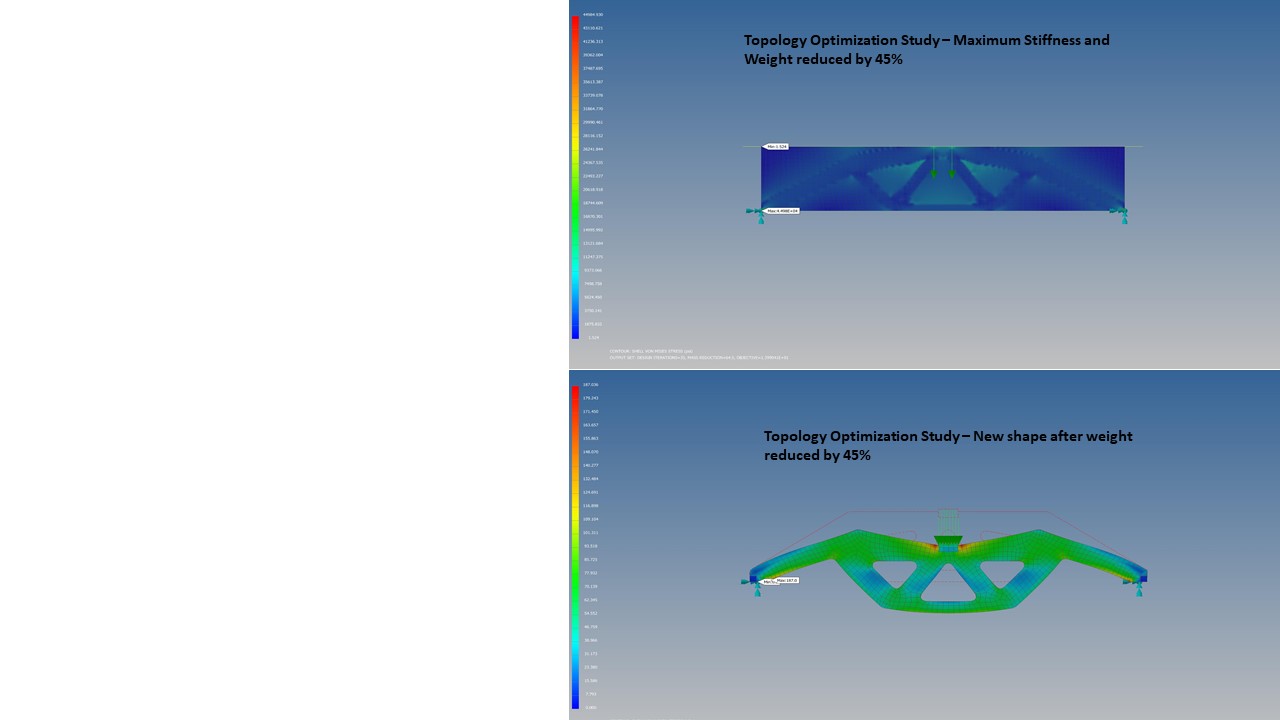
Topology Analysis, help designers optimize the shape and reduce the weight of their designs, consequently reducing the production costs.
This nonlinear static analysis is performed when:
•Geometric Nonlinearities -occur in model whenapplied load causes large displacement and/or rotation, largestrain, or a combo of both
•Material nonlinearities – nonlinearitiesoccurwhen material stress-strain relationship depends on loadhistory (plasticity problems), load duration (creepproblems), temperature (thermoplasticity), or combo of all.
•Contact nonlinearities – occur when structureboundary conditions change because of applied load.
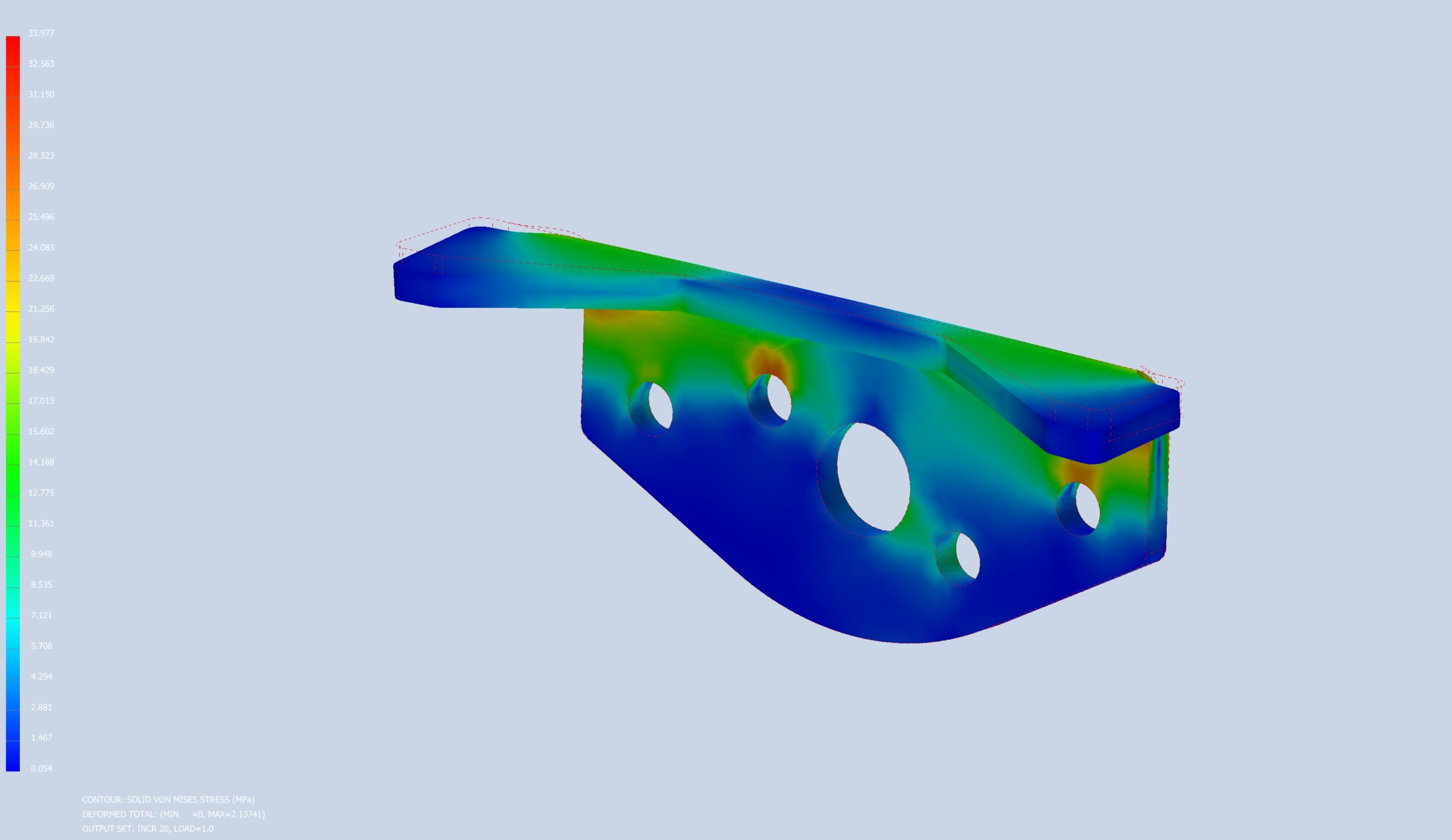
Fatigue is failure under a repeated or otherwise varying load which never reaches a level sufficient to cause failure in a single application. In other words, fatigue is the weakening of a material caused by cyclic loading that results in progressive and localized structural damage and the growth of cracks, that could lead at the material fracture, so it’s very important to perform for the parts susceptible to such failure, a multiaxial fatigue analysis.
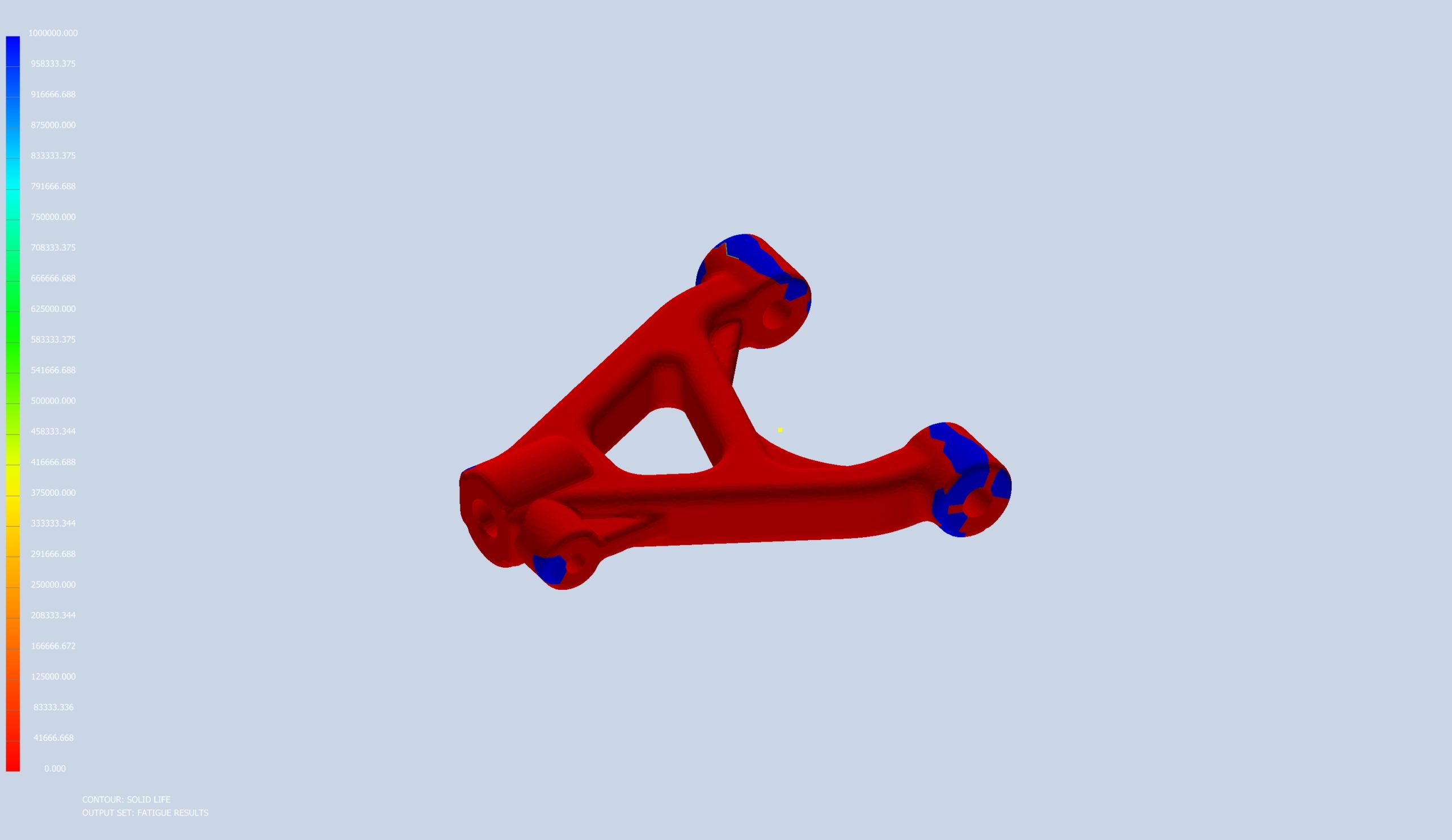
Buckling is a dangerous phenomenon. It can lead to catastrophic failure of a structure, even if stresses are far smaller than yield limit. Buckling occurs as an instability when a structure can no longer support the existing compressive load levels. The basic form of buckling analysis in FEA is Linear buckling, or Buckling.
Linear buckling analysis, will calculate the eigenvalue (often denoted as α or called critical multiplier): If you would multiply the applied loads by this value you would get a load that will cause the stability failure in perfect system.
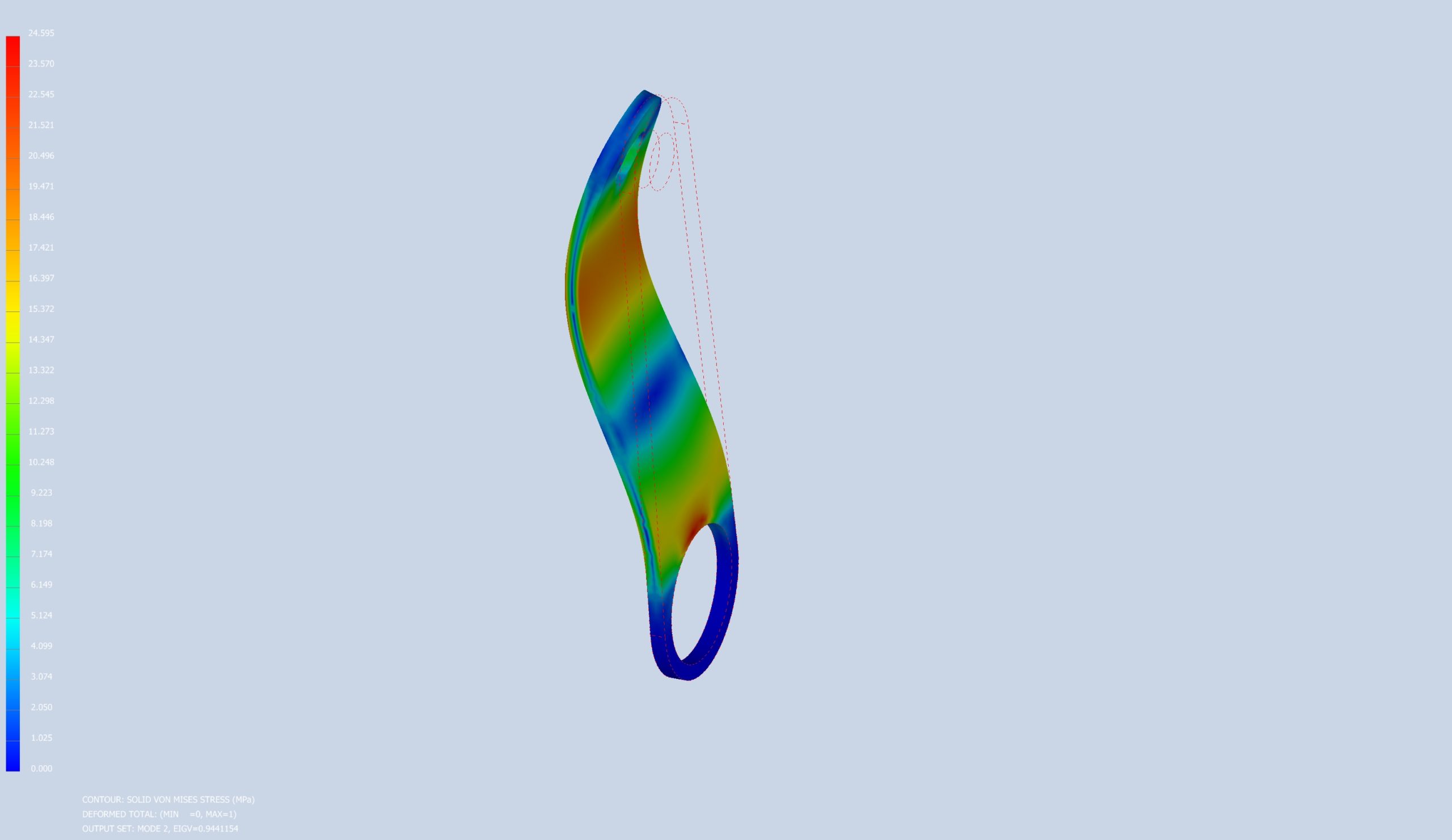
If for any reason the results of a linear buckling solution suggest the calculation is not representing the real response, then a nonlinear buckling analysis is called for. This uses a nonlinear geometric analysis to progressively evaluate the transition from stable to unstable and addresses some of the limitations in linear buckling analysis.
For more details and a free quote Contact Us